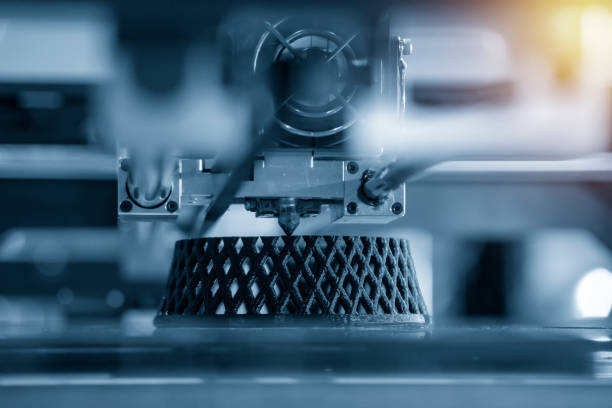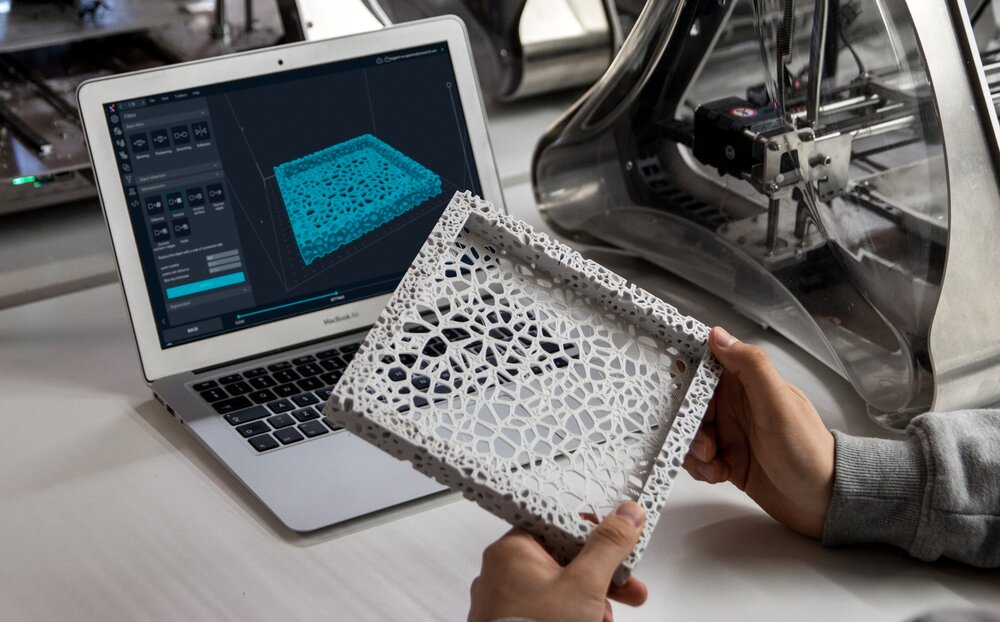3D Printing Melbourne is poised to disrupt and change the architecture industry by providing quick, cost-effective, and innovative solutions to various architectural design challenges and limitations.
With the help of 3D printing technologies, designers and architects can now produce beautiful, tangible, and highly-detailed architectural models.
They can also showcase their concepts and amaze their clients with physical models containing accurate building or construction site information.
3D printing, also known as additive manufacturing, saves time and money by utilizing various state-of-the-art 3D printing technologies to create complex and resilient designs straight from CAD data.
Here are some of the top applications of 3D Technologies in Architecture and how this industry is leveraging this innovative and highly advanced technology.
Top Applications of 3D Printing Melbourne in Architecture
Associated with the benefits of 3D technologies are the applications. Architecture covers a wide range of projects and applications, ranging from urban planning to interior design.
When it comes to the construction process, here are some of the top applications where 3D technologies are adopted:
Digital 3D Modeling
The term “3D modeling” refers to the process of creating a three-dimensional model or representation of an object using specialized software. This representation, called a 3D model, can communicate the object’s size, shape, and texture.
In the 3D printing workflow, 3D modeling is a fundamental step used to design prototypes of a part, actual structures, or scale models of an architectural project.
Some architectural firms utilize different modeling software to attain the best results possible. And one of the benefits of 3D printing is its ability to create architectural models quickly and cost-effectively despite multiple iterations.
Once the CAD file is rendered, the architect or the designer usually assigns the engineers to 3D print the prototype for evaluation and presentation.

Rapid Prototyping
In design and architecture, prototyping is vital. Also, it is the stage where 3D printing technologies are extensively utilized.
Before 3D printing was introduced, the construction of cardboard 3D models took a long time, was labor-intensive, and relied on skilled workers.
Today, 3D printing allows designers and architects to create high-quality 3-dimensional prototypes with reduced time and effort. Thanks to the flexible nature of 3D printers, designers can create simple or complicated building or structural models quickly instead of doing them for weeks or even months.
Once the prototype is ready, architects can begin the presentation and discussions with clients. It saves so much time and money while reducing the risk of costly errors and expediting the entire process.
Urban Planning and Infrastructure
Additive manufacturing is transforming urban planning and infrastructure in myriad ways. This advanced technology allows architects to 3D print a model of an entire town or city in a few hours instead of days.
What’s even more interesting are the existing projects that have either been finished or are ongoing. Also, 3D printing in urban infrastructure is often a partnership between an architecture firm and the government, even though it can also be a business project. These projects usually vary from 3D printed bridges to decorative building facades.
Summary
Additive manufacturing is here to change the ways architects explore designs and innovate. This advanced technology empowers architects to effortlessly create intricate, precise, and durable scale models quickly and cost-effectively.
Exceptional 3D printed architectural scale models can help architects impress their clients and grab more prospects. Plus, it all can be done in-house in a matter of clicks.
